Auctions
The First Stateside Auction of the Legendary Rothschild Collection, Built Over Centuries, Nets $43 Million
Most lots soared past their presale estimates in the first of a four-part series at Christie's New York.
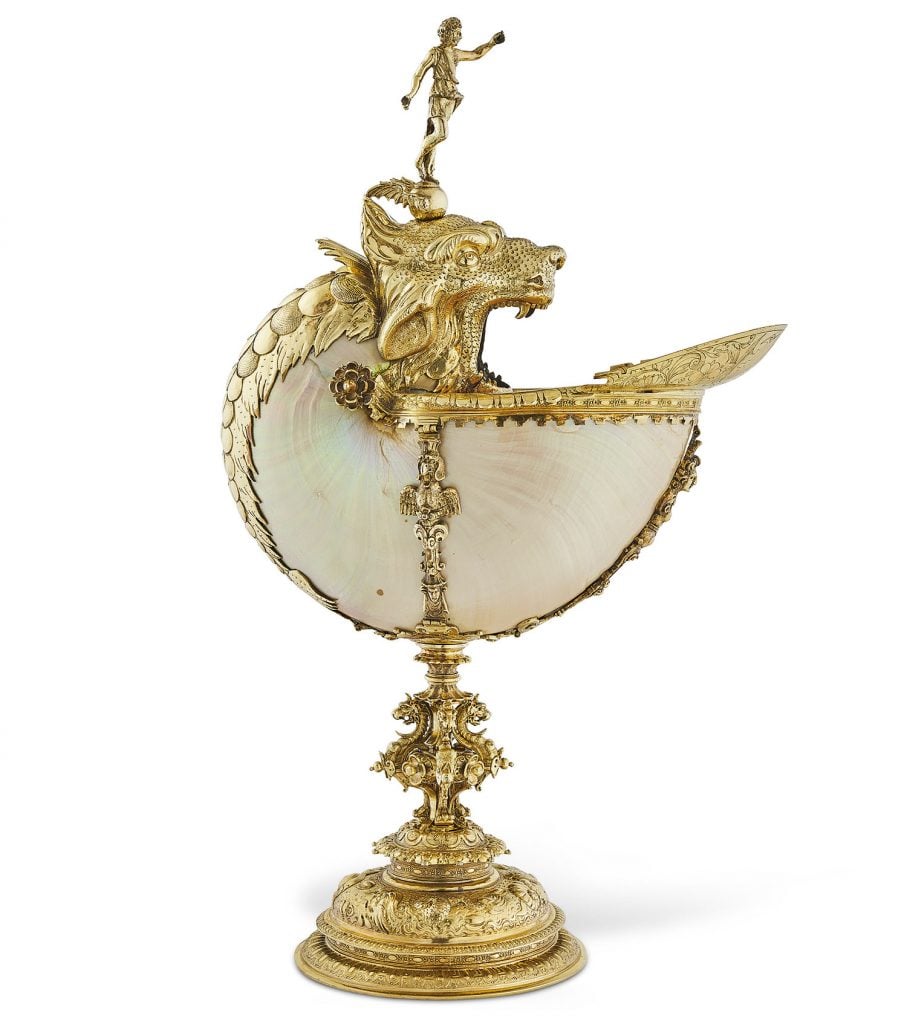
Most lots soared past their presale estimates in the first of a four-part series at Christie's New York.

Lee Carter

Bidding at the first evening of Christie’s Rothschild auction series in New York was befitting of the gilded wares on offer, as nearly every lot soared past its presale estimate and one was hammered down for a seven-figure sum ten times its high estimate.
The four-part sale began yesterday (October 11) with Rothschild Masterpieces. The series—with offerings spanning Old Master paintings and European furniture to Italian Renaissance maiolica and 17th-century jewelry—marks the first auction dedicated to the European banking dynasty on North American shores.
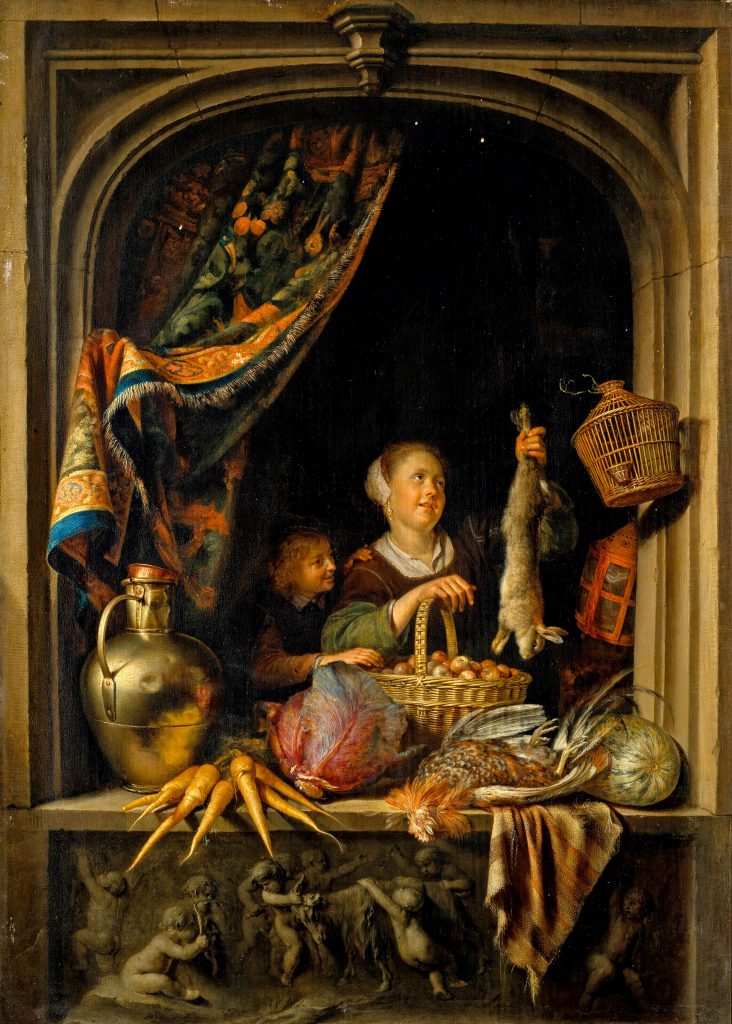
Gerrit Dou, A young woman holding a hare with a boy at a window (ca. ca.1653–57). Courtesy of Christies.
The first evening sale in New York saw a total haul in excess of $43 million, with a 95 percent sell-through rate. The highest-priced item was Gerrit Dou’s A young woman holding a hare with a boy at a window (ca.1653–57), fetching just over $7 million (including fees), blowing past its presale estimate of $3 million–$5 million. Although the artist trained with Rembrandt as a young man, over time he deviated from the Dutch Master’s subject matter and began painting people going about their daily tasks.
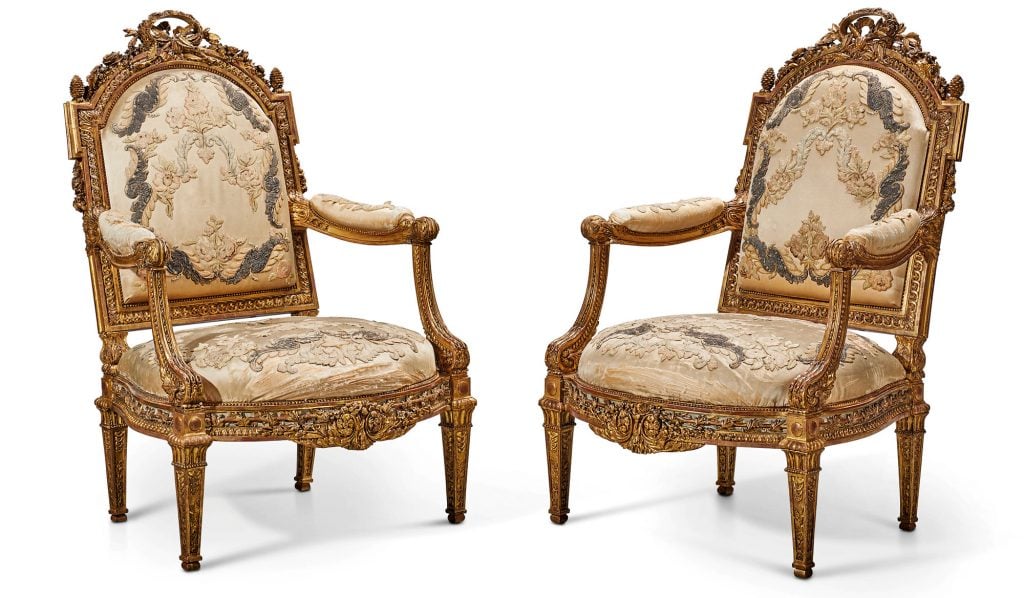
A pair of late Louis XV gilt walnut fauteuils by Louis Delanois, Joseph-Nicolas Guichard, and Jean-Baptiste Cagny for Madame du Barry (ca. 1770–71). Courtesy of Christie’s.
A pair of fauteuils (armchairs), ca. 1770–71, came in second with a realized price of $6.2 million (estimate: $600,000–$1 million). They belonged to the famed Madame du Barry, King Louis XV’s last mistress, who kept them in her château de Louveciennes. A rare survival of the French Revolution, they later adorned Alphonse and Leonora de Rothschild’s hôtel particulier in Paris. The couple, part of the family’s French branch, inherited the mansion in 1868 and filled it with paintings, furniture, and decorative arts.
The Rothschild family rose to prominence after Mayer Amschel Rothschild established a banking business in 1760s Frankfurt. The enterprise evolved into an international dynasty after his five sons set up practices throughout Europe. The Rothschilds had not only a head for banking, but a passion for collecting. So opulent were their homes that the term “goût Rothschild,” or “Rothschild taste,” eventually entered the lexicon.
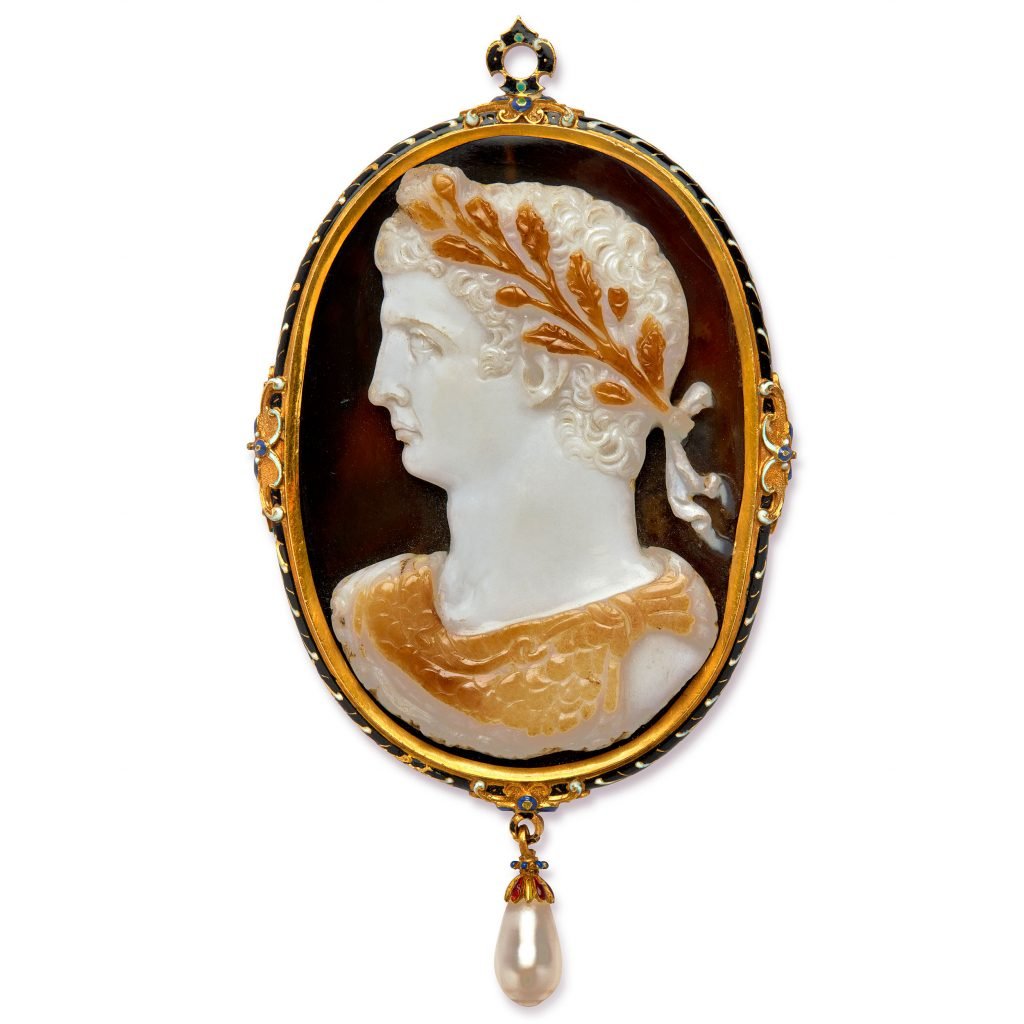
A Roman sardonyx cameo portrait of the Emperor Claudius, ca. 41-54 C.E.. The mount is attributed to Daniel Mignot, Augsburg, ca. 1593–96. Courtesy of Christie’s.
Other lots notched even larger margins over their presale estimates. A Roman cameo portrait of the Emperor Claudius, which had previously been sold by Christie’s in the 19th century, fetched $2.1 million—more than 10 times its low estimate. Sculpted in three layers of sardonyx, the imperial cameo was made ca. 41–54 C.E., although it was mounted in a 16th-century gold setting and bears a drop-shaped pearl that was likely added in the late 19th or early 20th century.
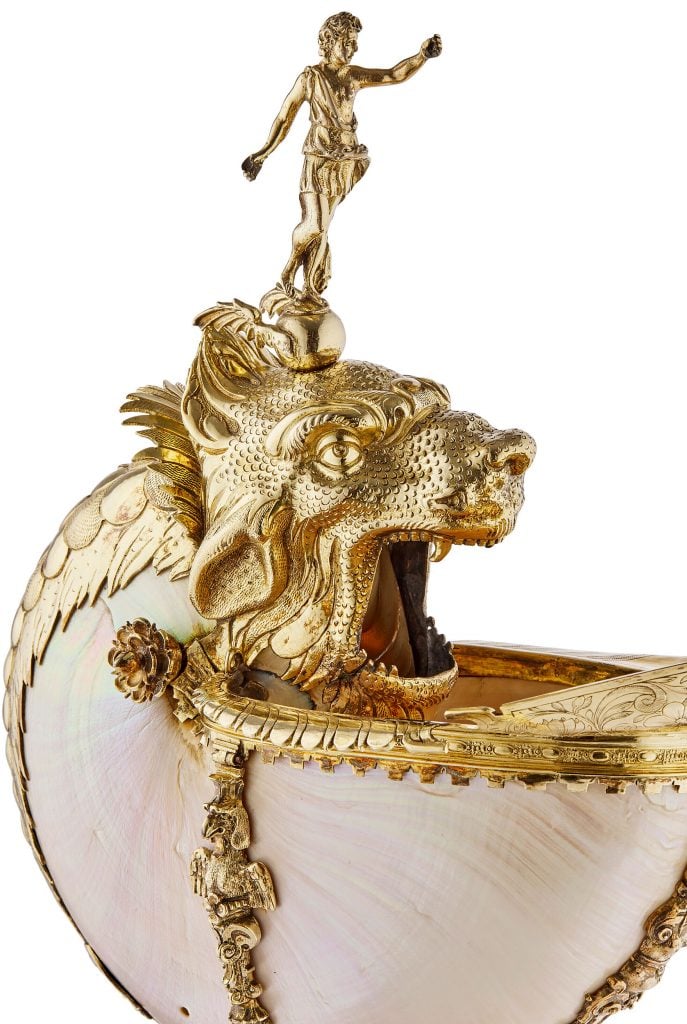
Cornelis Jansz van der Burch, silver-gilt mounted nautilus cup (1607). Courtesy of Christie’s.
A silver-gilt nautilus cup—a goblet with the Greek goddess Nike (victory) riding an open-jawed sea monster—yielded just over $1.5 million, smashing its $100,000–$150,000 estimate. Attributed to Mark of Cornelis Jansz van der Burch of Delft, the Netherlands, its date of 1607 places it just after the establishment of the Dutch East India Company. The comany’s dominance of the spice trade gave it a de facto monopoly over nautilus shells, which were almost exclusively imported through Amsterdam and resold through Dutch traders.
The Rothschild sales continue with additional live auctions on October 12 and 13, and an online auction—where bidding starts as low as $100—from October 3 to 17.
More Trending Stories: